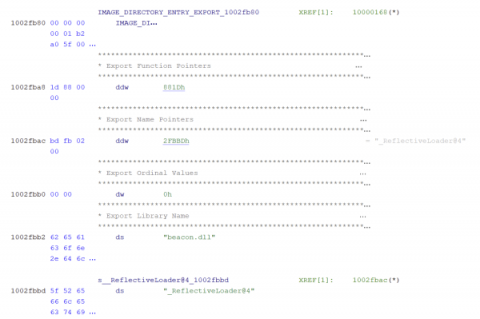REvil, Ryuk and Tycoon Ransomware: How They Work and How to Defend Against Them
It is the Tuesday morning after a long weekend. You come into work early to get caught up on emails only to find you are completely locked out. You have been hit by a ransomware attack. You ask yourself, “What happened? And how do I fix it?” This post will explore three of the most significant ransomware families of 2020: Tycoon, Ryuk and REvil.







